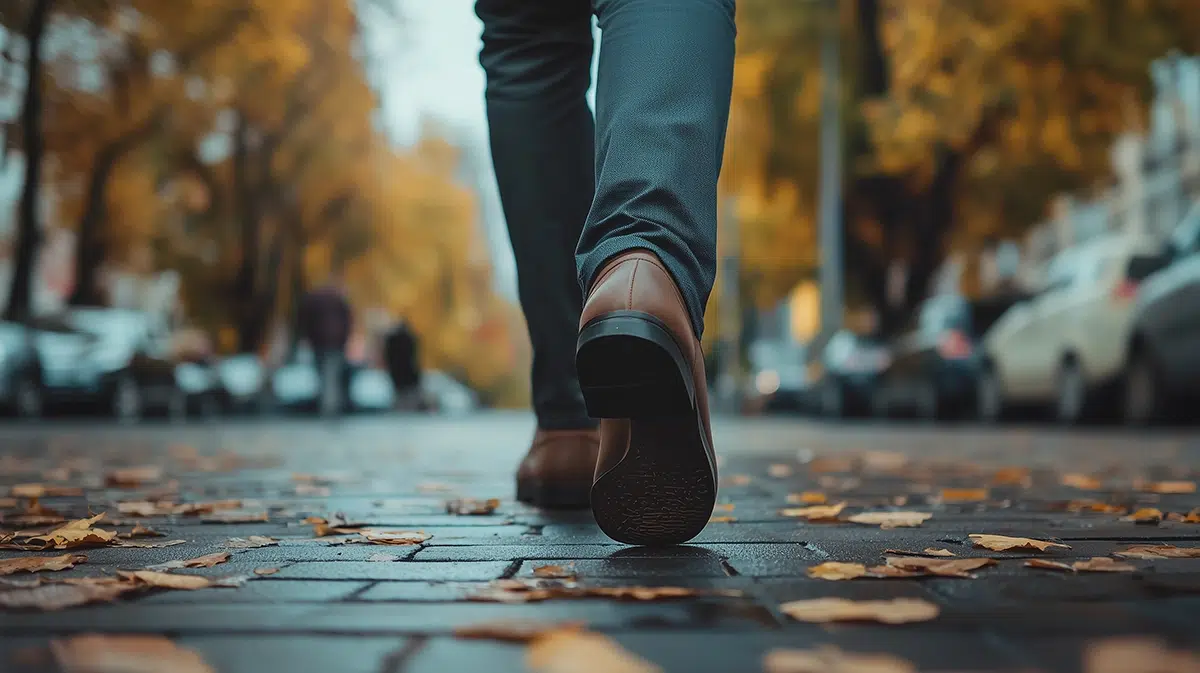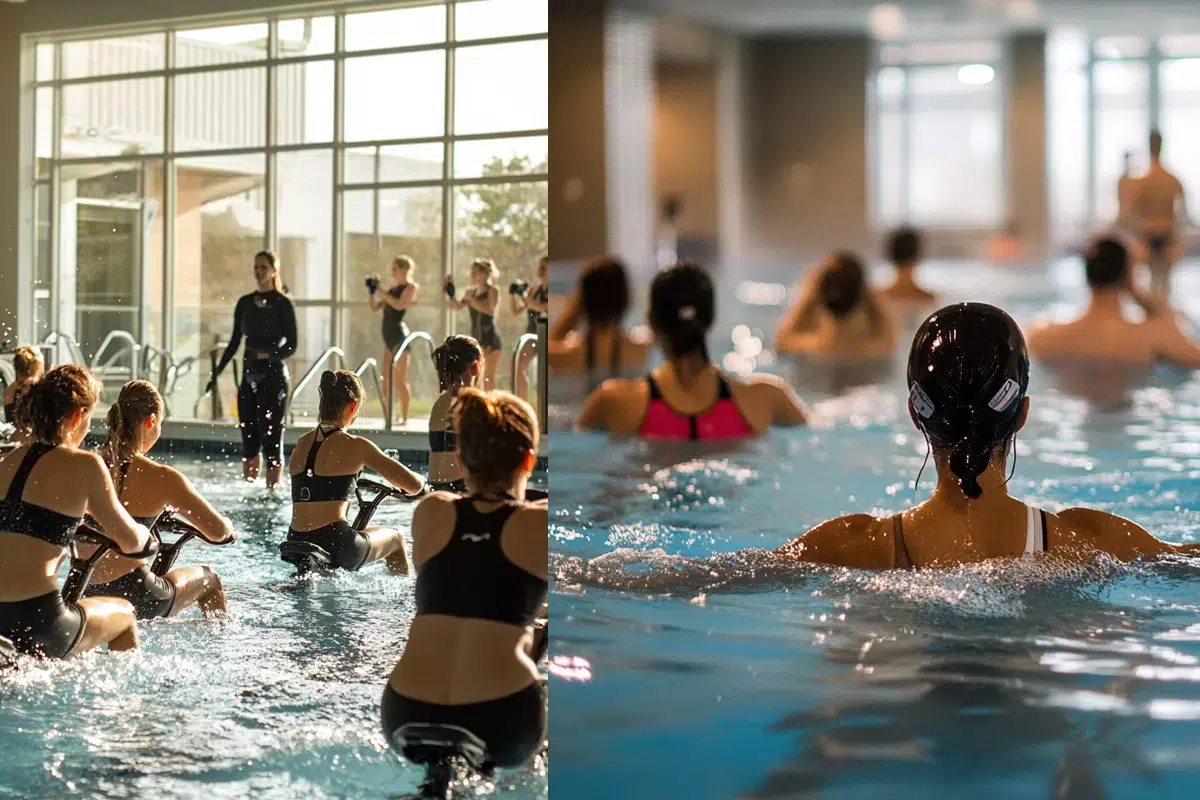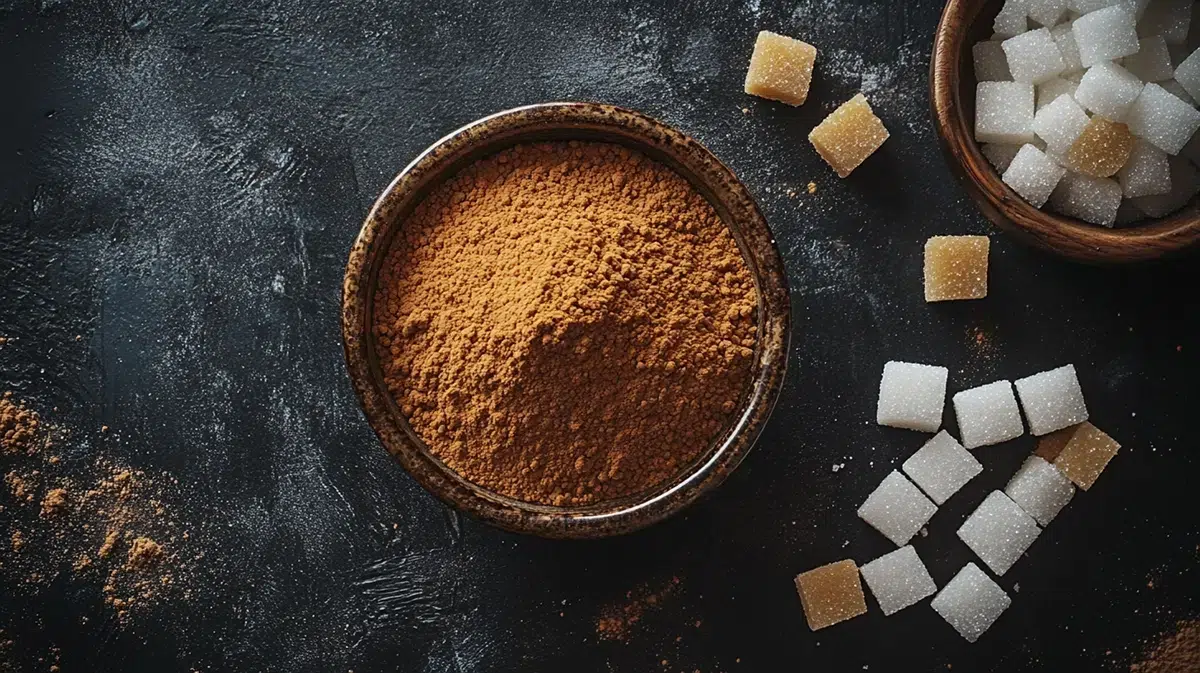Show summary Hide summary
Which muscle group are we activating when downhill skiing?
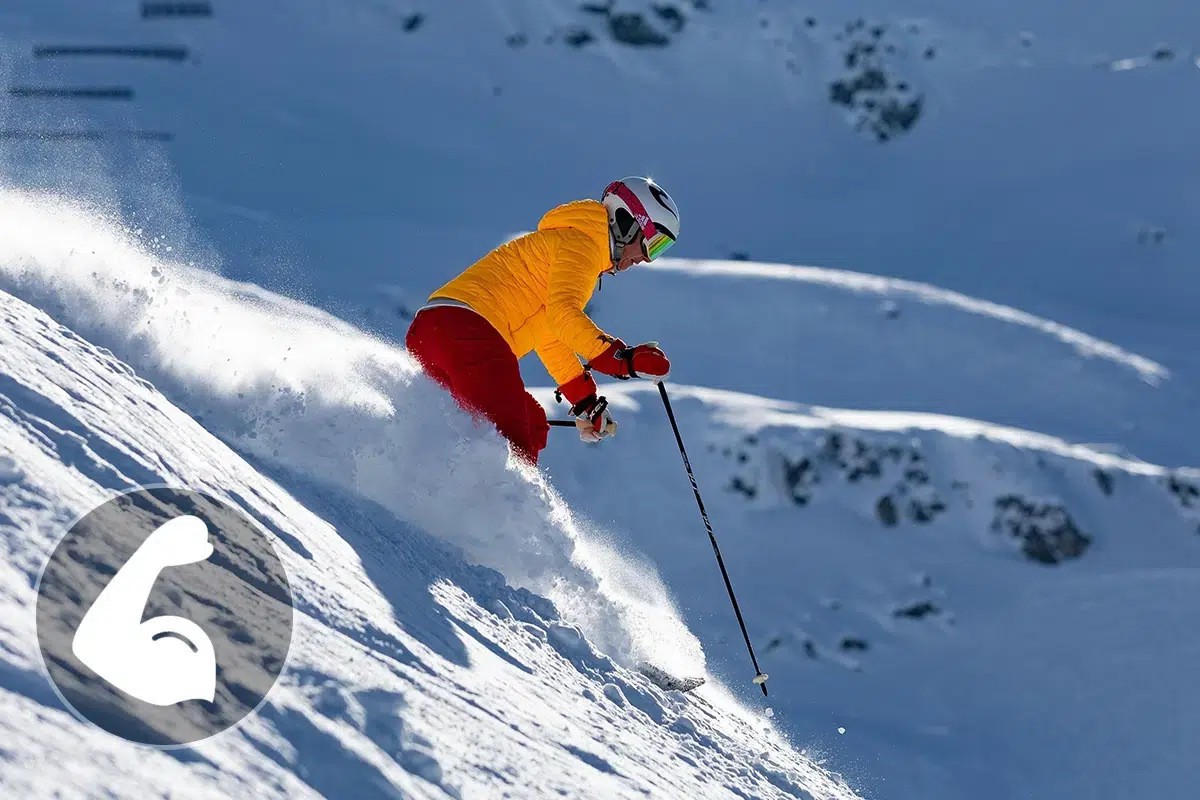
All you need to know about downhill skiing
What muscles does alpine skiing or downhill skiing work? What parts of the body are engaged and toned with alpine skiing or downhill skiing? Use the tool below to see the list of all the body parts that are used when alpine skiing or downhill skiing!
Downhill skiing for fitness and strength building
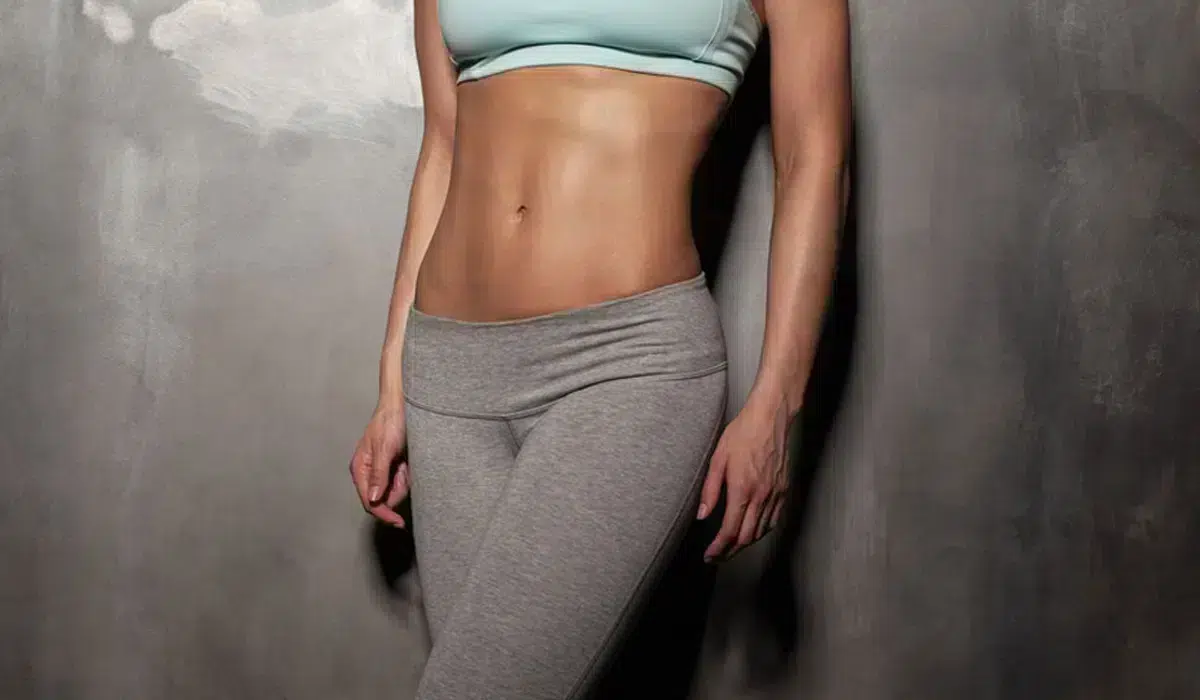
What muscles are we exercising when downhill skiing?
Depending on the sport practised, certain areas of the body will be used more than others, but what about when you go downhill skiing? Will you tone and refine your figure while downhill skiing? Below is a list of the muscles and muscle groups strengthened and sculpted by downhill skiing!
Upper limbs (shoulders, arms and forearms)
Alpine skiing does very little work on this area of the body.
Trunk and pelvis (Chest, stomach and back)
- Abdominals: These are made up of several layers of muscle(rectus abdominis, external oblique, internal oblique, transverse) whose function is to flex and rotate the trunk.
Lower limbs (buttocks, thighs and calves)
- Buttocks: Located at the intersection of the lower limbs and the trunk, the gluteal muscles(gluteus maximus, gluteus medius and gluteus minimus) are among the largest and most powerful muscles in the body. In particular, they provide mobility for the thigh and support for the pelvis.
- The quadriceps: These are located at the front of the thigh. The quadriceps are each made up of 4 muscles (the vastus femoris or rectus femoris, the vastus lateralis, the vastus medialis and the vastus intermedius). These muscles facilitate flexion of the thigh on the hip and extension of the leg on the thigh.
- The hamstring muscles: Located on the back of the thigh, there are four of these muscles(biceps femoris, semitendinosus and semitendinosus). They ensure flexion of the leg and extension of the thigh.
- Calf muscles: Also known as the sural triceps, the calf muscles are made up of 3 muscle groups, including the soleus and the gastrocnemius. These muscles help the foot to extend down the leg
Downhill skiing is a dynamic winter sport that encourages the strengthening of several muscles. As well as exercising the heart, it involves the abs, buttocks, thighs and calves.
All you need to know about downhill skiing
What muscles are used in different sports?
All sports in detail!















































